In recent years, the intersection of artificial intelligence (AI) and 3D modeling has begun to reshape the landscape of design, animation, and various industries that rely on three-dimensional representations. The term “AI generated 3D model” has gained significant traction, reflecting a paradigm shift in how models are created, optimized, and utilized. This article delves into the world of AI-generated 3D models, exploring their impact, benefits, challenges, and future potential.
What Are AI-Generated 3D Models?
An AI-generated 3D model refers to a three-dimensional object or scene that has been created using artificial intelligence algorithms. Traditionally, 3D models are painstakingly crafted by skilled artists and designers using software like Blender, Maya, or 3ds Max. However, with AI, the process can be automated or significantly accelerated, allowing for rapid creation and iteration of complex models.
AI-powered tools analyze vast datasets of existing 3D models, learning the intricate details of shape, texture, and geometry. Once trained, these models can generate new 3D assets that meet specific criteria or even create entirely novel designs. This capability opens up new possibilities for industries ranging from gaming and film to architecture and engineering.
The Advantages of AI-Generated 3D Models
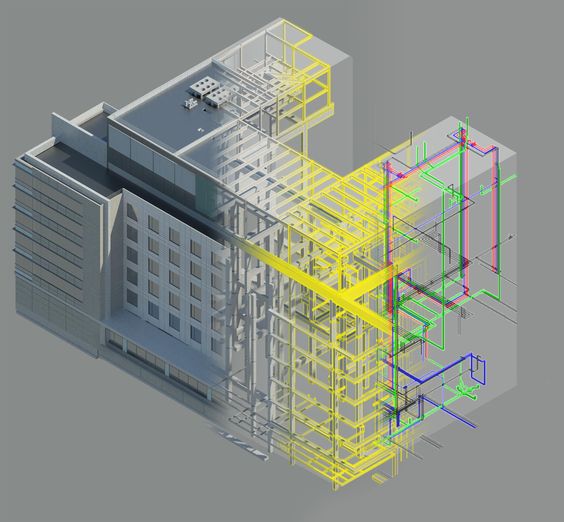
- Speed and Efficiency: Traditional 3D modeling can be time-consuming, requiring hours or even days to create a single model. AI-generated 3D models can be produced in a fraction of the time, allowing designers to focus on refining and optimizing their work rather than starting from scratch.
- Cost Reduction: By automating the modeling process, businesses can reduce the costs associated with hiring skilled artists and designers. This is particularly beneficial for small studios or startups with limited budgets.
- Scalability: AI can generate multiple models simultaneously, making it easier to produce large volumes of assets for games, films, or virtual environments. This scalability is essential for projects with tight deadlines or those requiring extensive content.
- Creativity and Innovation: AI can generate models that push the boundaries of traditional design, offering new and unexpected solutions. This can lead to more innovative products and designs that might not have been conceived by human designers alone.
- Customization and Personalization: AI can tailor models to specific requirements, enabling more personalized and unique designs. This is particularly valuable in industries like fashion, where bespoke items are in high demand.
Challenges and Considerations
While the benefits of AI-generated 3D models are clear, there are also challenges that need to be addressed:
- Quality Control: AI-generated models may not always meet the high standards required for certain applications, especially in industries where precision and detail are crucial. Human oversight is still necessary to ensure that the final product meets the desired specifications.
- Intellectual Property Concerns: The use of AI to generate models based on existing datasets raises questions about copyright and ownership. Determining who owns the rights to AI-generated content can be complex, especially when the AI is trained on a mixture of publicly available and proprietary data.
- Ethical Implications: The automation of creative processes, including 3D modeling, raises ethical concerns about job displacement and the role of human creativity. While AI can augment human capabilities, it also has the potential to replace certain roles, leading to economic and social challenges.
- Dependence on Data Quality: The accuracy and quality of AI-generated models depend on the data used to train the AI. If the training data is biased or incomplete, the resulting models may also be flawed.
- Complexity of Integration: Incorporating AI-generated 3D models into existing workflows and pipelines can be challenging, especially for companies that are not yet familiar with AI technologies. Training and adaptation are required to fully leverage the benefits of AI.
Applications of AI-Generated 3D Models

AI-generated 3D models have found applications in a wide range of industries, each benefiting from the unique capabilities of this technology:
- Gaming: The gaming industry has been quick to adopt AI-generated 3D models, using them to create diverse characters, environments, and assets. AI can quickly generate large volumes of content, allowing game developers to focus on storytelling and gameplay mechanics.
- Film and Animation: In the film and animation industry, AI-generated 3D models are used to create special effects, characters, and complex scenes. This technology allows filmmakers to bring their visions to life more efficiently and at a lower cost.
- Architecture and Interior Design: Architects and interior designers use AI-generated 3D models to create realistic representations of buildings and spaces. This technology enables them to visualize and iterate on designs quickly, leading to better outcomes for clients.
- Healthcare: AI-generated 3D models are being used in healthcare to create detailed representations of organs, tissues, and other anatomical structures. These models can be used for surgical planning, medical education, and even custom prosthetics.
- Manufacturing and Product Design: In manufacturing, AI-generated 3D models are used to design products and components. This technology allows for rapid prototyping and testing, leading to more efficient and cost-effective production processes.
The Future of AI-Generated 3D Models
The future of AI-generated 3D models is bright, with numerous advancements on the horizon. As AI continues to evolve, we can expect to see even more sophisticated models that are indistinguishable from those created by human designers. Here are some potential developments:
- Increased Collaboration Between AI and Humans: Rather than replacing human designers, AI will likely become a collaborative tool that enhances creativity and productivity. Designers will work alongside AI to create models that combine the best of both worlds.
- Integration with Virtual and Augmented Reality: AI-generated 3D models will play a crucial role in the development of virtual and augmented reality experiences. As these technologies become more mainstream, the demand for high-quality 3D models will grow, and AI will be instrumental in meeting that demand.
- Improved Accessibility: As AI tools become more user-friendly, a wider range of people will be able to create 3D models, democratizing the design process. This could lead to a surge in creativity and innovation across various industries.
- Advanced Customization: AI-generated 3D models will become increasingly customizable, allowing users to fine-tune models to their exact specifications. This will be particularly valuable in industries like fashion, where personalized products are in high demand.
- Sustainability and Efficiency: AI-generated 3D models have the potential to reduce waste and improve efficiency in industries like manufacturing and construction. By optimizing designs and minimizing material usage, AI can contribute to more sustainable practices.
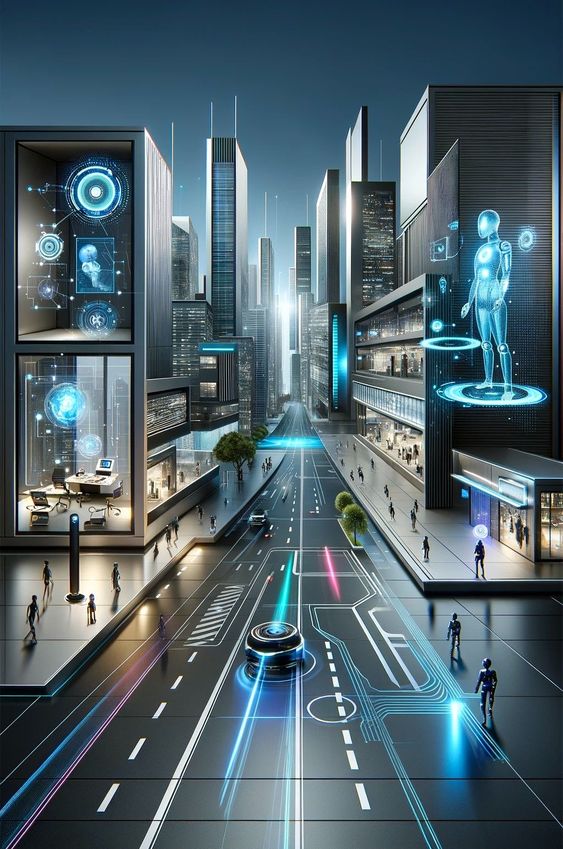
FAQs on AI-Generated 3D Models
Q1: What exactly is an AI-generated 3D model?
A1: An AI-generated 3D model is a three-dimensional object or scene created using artificial intelligence algorithms. These models are produced by analyzing large datasets of existing 3D designs, enabling the AI to generate new models that can be used in various applications like gaming, architecture, and manufacturing.
Q2: How do AI-generated 3D models differ from traditionally created 3D models?
A2: Traditionally created 3D models are manually designed by artists using software tools. AI-generated 3D models, on the other hand, are created by AI algorithms, which can automate and accelerate the modeling process. While traditional methods offer more control and precision, AI-generated models can be produced much faster and with greater scalability.
Q3: Can AI-generated 3D models match the quality of human-created models?
A3: AI-generated 3D models can achieve high levels of quality, especially when trained on extensive and diverse datasets. However, the quality may vary depending on the AI’s training data and the complexity of the model. Human oversight is often required to ensure that the final product meets the desired standards.
Q4: Are there any legal issues related to using AI-generated 3D models?
A4: Yes, there are potential legal issues, particularly concerning intellectual property rights. Since AI-generated models are based on existing data, determining ownership and copyright can be complex. It’s essential to be aware of the legal implications and ensure that the AI-generated content complies with relevant laws.
Q5: How can businesses benefit from using AI-generated 3D models?
A5: Businesses can benefit from AI-generated 3D models by reducing costs, speeding up production, and enabling greater scalability. AI can also provide innovative design solutions and allow for more customization and personalization in product development.
Q6: What industries are currently using AI-generated 3D models?
A6: AI-generated 3D models are being used across various industries, including gaming, film and animation, architecture, healthcare, and manufacturing. These models are employed for creating characters, environments, anatomical representations, product prototypes, and more.
Q7: How do I start using AI-generated 3D models for my projects?
A7: To start using AI-generated 3D models, you can explore software tools and platforms that offer AI-powered modeling features. Familiarize yourself with the available technologies, and consider taking online courses or tutorials to learn how to integrate AI into your 3D design workflow.
Q8: What are the future trends in AI-generated 3D modeling?
A8: Future trends in AI-generated 3D modeling include increased collaboration between AI and human designers, integration with virtual and augmented reality, improved accessibility for non-experts, advanced customization options, and more sustainable design practices.
Q9: Will AI replace human 3D modelers?
A9: While AI can automate certain aspects of 3D modeling, it is unlikely to fully replace human designers. Instead, AI will complement human creativity, allowing designers to focus on more complex and innovative aspects of their work. The collaboration between AI and humans is expected to enhance the overall design process.
Q10: Where can I learn more about AI-generated 3D models?
A10: There are numerous resources available online, including tutorials, courses, and articles, that can help you learn more about AI-generated 3D models. Exploring AI-focused design communities and forums can also provide valuable insights and support as you navigate this emerging field.
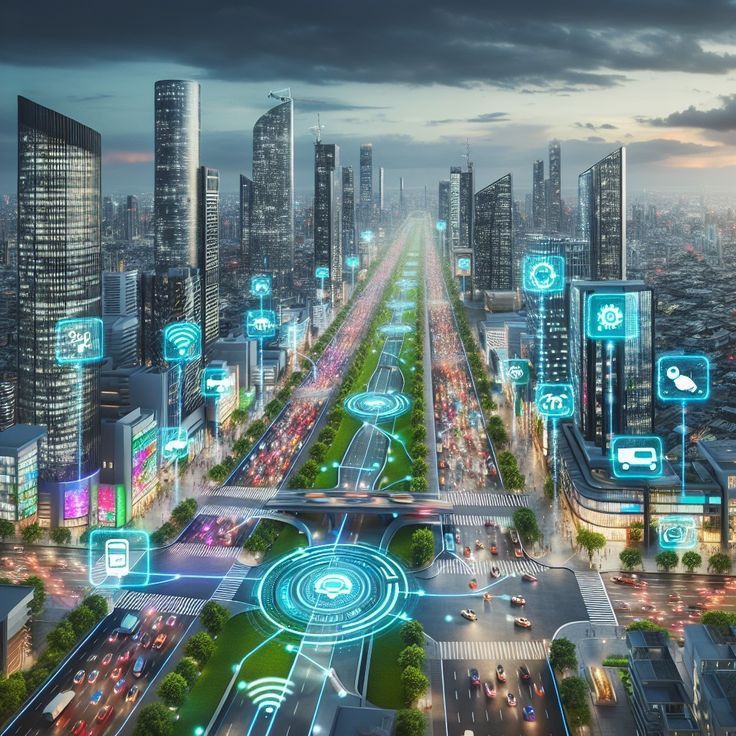
Conclusion
The rise of AI-generated 3D models marks a significant milestone in the evolution of design and technology. As AI continues to advance, its impact on the creation and utilization of 3D models will only grow, offering new opportunities and challenges for designers, businesses, and industries. By embracing this technology, we can unlock new levels of creativity, efficiency, and innovation, shaping a future where AI-generated 3D models are an integral part of our world.
For those interested in exploring more about AI-generated 3D models, there are numerous resources and tools available. From tutorials and courses to software platforms, the possibilities are endless. As with any emerging technology, staying informed and adapting to changes will be key to harnessing the full potential of AI-generated 3D models.
External Links for Further Reading:
- Understanding AI in 3D Modeling
- Top Software Tools for AI-Generated 3D Models
- Ethical Considerations in AI and 3D Design
This article provides a comprehensive overview of AI-generated 3D models, emphasizing the transformative potential of this technology. Whether you’re a designer, developer, or simply interested in the future of AI, understanding this emerging field will be crucial in navigating the evolving landscape of design and technology.

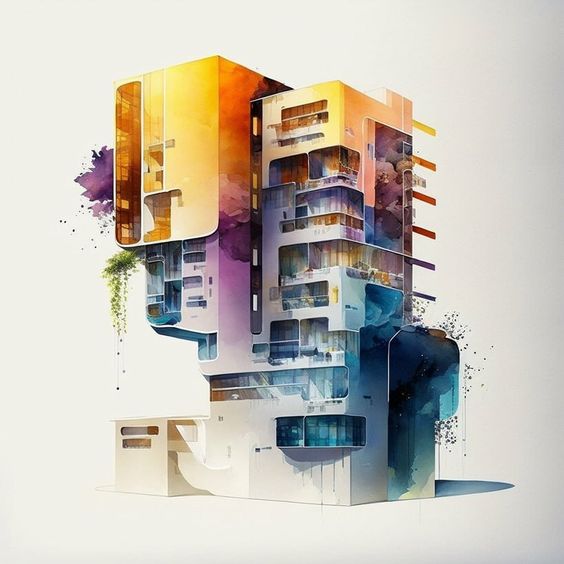

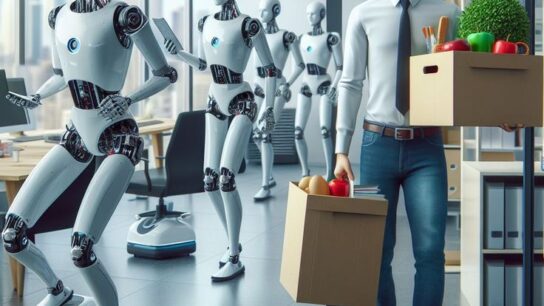

[…] CLICK HEREN FOR NEXT POST […]